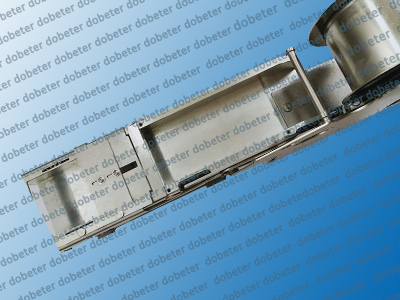

Successfully gaining face, or prestige, in a social environment, can lead to impulse purchases. Previous data also suggests that face-related experiences can stimulate someone’s emotional responses, “face” being the self-image someone gets based on their social identity, whether on social media or in real-life. In fact, 72% of shoppers say impulse buying during the pandemic positively affected their mood, with two out of three respondents saying that it instantly turned a bad day around. Yet over time, we’ve learned that, under certain circumstances, shoppers tend to impulse buy to release negative feelings like stress, fatigue, and upset. The original idea was that happiness always preceded an impulsive purchase, producing effects such as pleasure and joy. Studies show that both positive and negative emotions affect consumer buying behavior. Emotions are intense feelings toward someone or something, and are often shown through facial expressions and manifestations including anger, fear, delight, enthusiasm, and excitement. But what’s the science behind it? EmotionsĪ key factor in triggering an impulse buy is the shopper’s emotional state. Impulse buying causes consumers to buy stuff immediately.

Ipulse foundations series#
Your brain activates a series of urges, desires, and impulses to eat it.You love cake and you see one at the bakery.

These factors are linked to internal factors (such as emotions) and external factors (such as environmental stimuli) that encourage impulse buying tendency.Īccording to well-cited research by social psychologist Wilhelm Hofmann, impulses emerge through the activation of the associative cluster in long-term memory in close interaction with perceptual stimulus input. In a review study, researchers Sarah Xiao and Michael Nicholson suggest that impulse buys include a number of antecedents, such as: Yet, consumer scholars have been studying impulse buying in retail for a long time, with tens of thousands of articles published in recent decades. The growth of online advertising, ecommerce, and installment payments has pushed the trend further.

It’s reported that over 87% of US shoppers make impulse buys, and more than 50% of all grocery is sold because of impulsiveness. Recent industry research shows that impulse buying accounts for between 40% and 80% of purchases. These unplanned purchases have become the norm for most shoppers. Impulse purchases happen in the spur of the moment, they are hard to control, and are affected by emotional states such as anger or joy. Impulse purchases differ from regular purchases in one key way: they are not consciously planned.


 0 kommentar(er)
0 kommentar(er)
